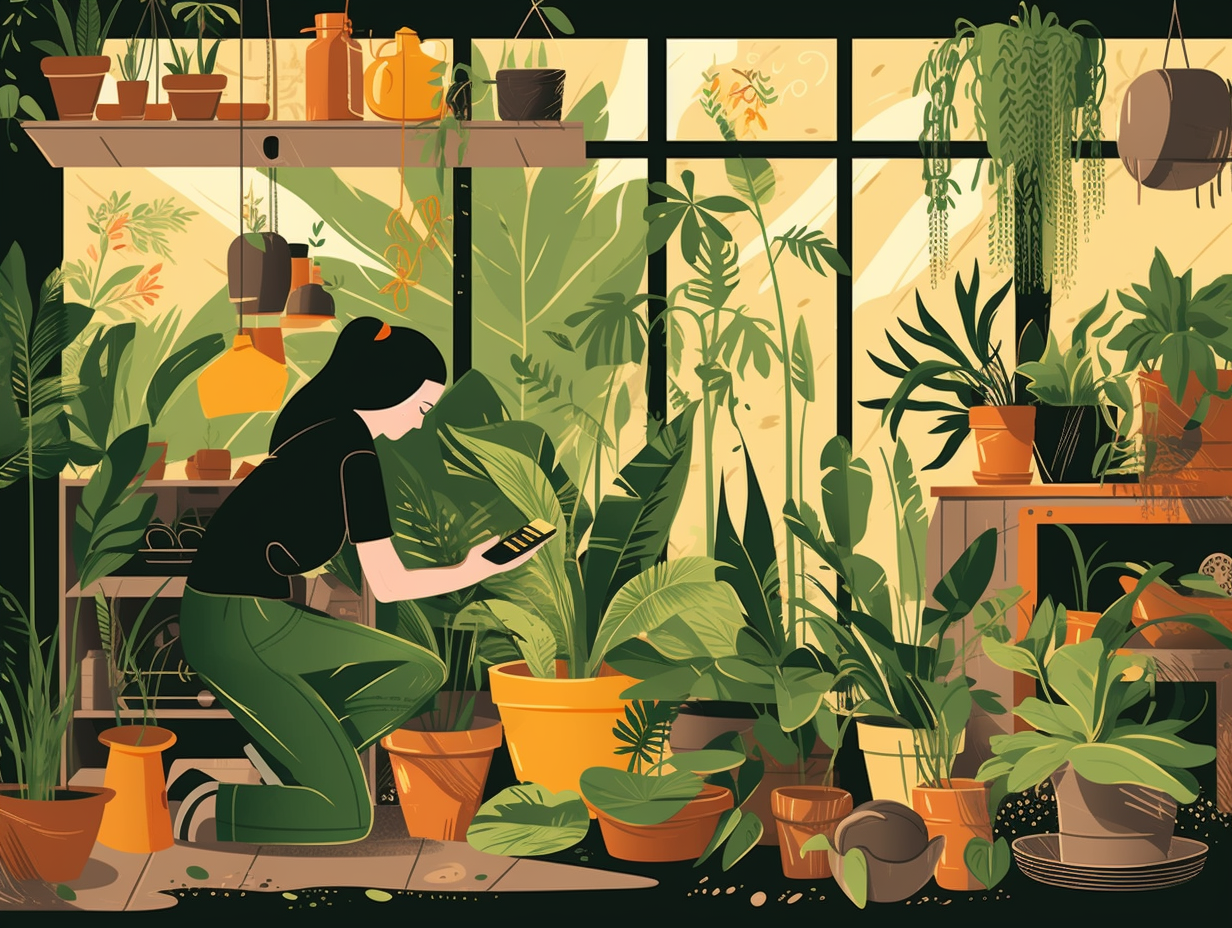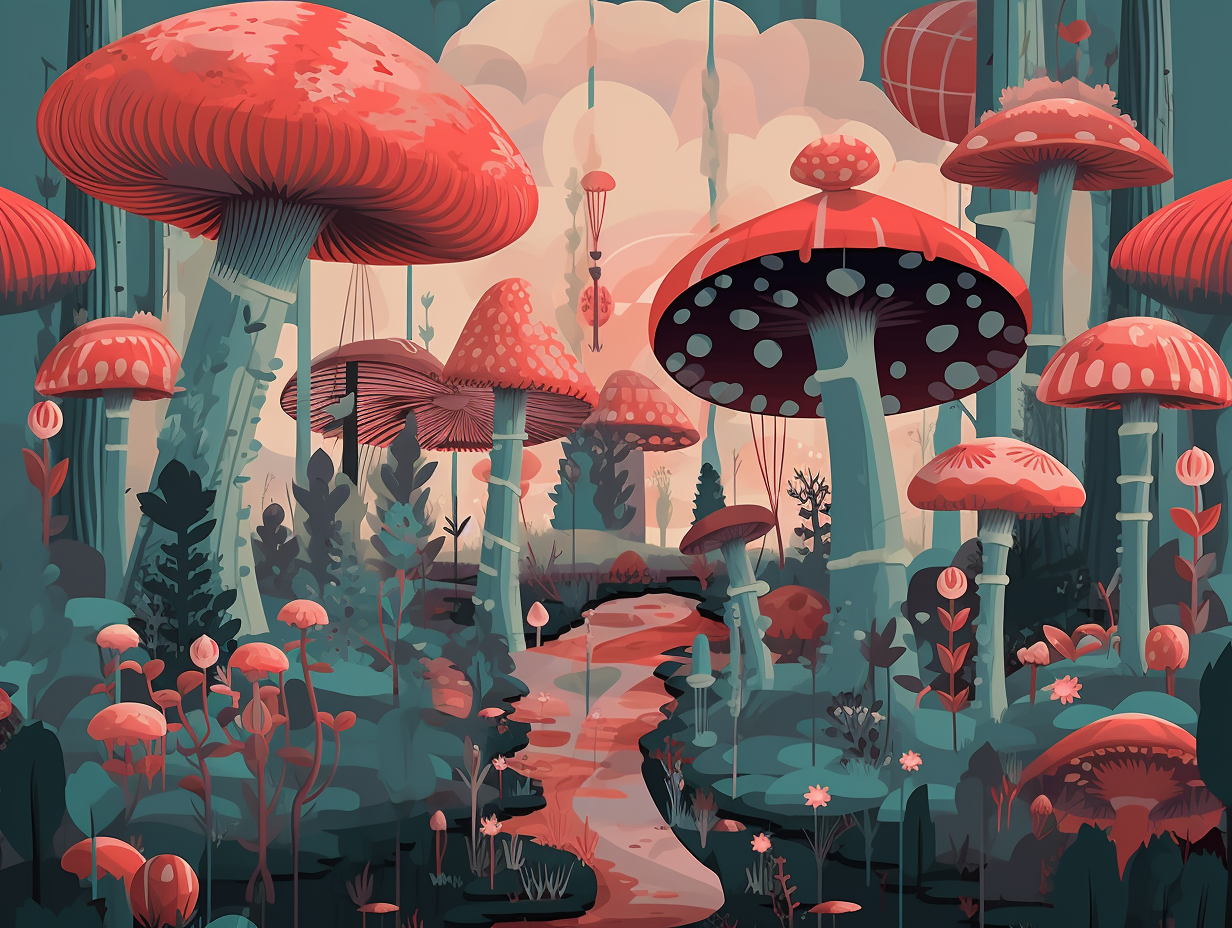Discover the Thrills of the Wild: Top 15 Fun and Fascinating Facts about Snake Plants!

1. Shape-Shifting Snake Plants
In a world filled with diverse flora, one could even think of snake plants as shape-shifters – masquerading their forms to cultivate underground camouflage couture: As it turns out, snake plants flaunt numerous types with varying leaf shapes and colors, ranging from the modest six-inch tall bird's nest snake plant to the boastful rhino grass with its succulent red-tinted leaves growing up to 12 inches tall, catering to every aesthetic whim and spatial limitation!
Source => thespruce.com
2. NASA's Green Astronauts
Who needs a pricey air purifier when you've got Sansevieria trifasciata laurentii – NASA's green little astronauts to the rescue! But this ain't a Hollywood sci-fi, folks: a 1989 study by NASA and the Associated Landscape Contractors of America found that snake plants, along with other indoor greens, can effectively filter out volatile organic pollutants like benzene, formaldehyde, and trichloroethylene from sealed environments such as space stations.
Source => en.wikipedia.org

Did you know there's a succulent that can grow up to 15 feet tall? Meet the Aloe Plicatilis, or Fan Aloe, the ultimate plant for adding vertical flair to your collection! 🌿💚
=> Fun Facts about Succulents
3. Botanical Ninjas
Breaking news from the world of chlorofyll gossip: Snake plants are the silent but deadly warriors for your indoor air! Stealthily combatting pollutants like a botanical ninja: These trendy Sansevierias not only add a splash of green charm to your home, but also double as air purifying champions, effectively removing lurking airborne contaminants and keeping your lungs safe. Who wouldn't want this green avenger on their side?
Source => houseplant411.com
4. NASA-Recommended Toxin-Busters
We always knew our little snake plants had a hidden talent, slithering their way into the hearts and lungs of many: In fact, these sly green ninjas are NASA-recommended not just for their easy care, but also for their impressive toxin-busting abilities, effectively removing contaminants like formaldehyde and nitrogen oxides from the air, making them a heroic ally in the battle for cleaner air in your home or office.
Source => housedigest.com

5. Slow-Growing Socialites
Who needs speed-dating when you can grow a snake plant: These slow-growing, introverted green beauties typically sprout just 2-4 new leaves during their seasonal shindig in spring and summer, with the species, environment, tender care, and pot size dictating how fast they'll mingle and grow. No need to feel awkward in tight spaces, though – these plants actually prefer close-up root parties without being too constricted, finding the perfect balance in a pot slightly wider than themselves and a third their height.
Source => gardenbenchtop.com
6. Superhero Houseplants
Move over, Avengers, a superhero disguised as a common houseplant is making a difference in our lives: Snake plants, based on a thrilling NASA investigation, can eliminate up to 87% of harmful airborne villains like formaldehyde, benzene, toluene, and ammonia, all while covertly converting carbon dioxide into oxygen through the night, ensuring we can breathe easy and slumber without disturbance in their protective aura.
Source => jayscotts.com
7. Snake Plant Charmer
Who needs a snake charmer when you can be a Snake Plant charmer instead? Oh, how you'll beguile those fronds into purifying the air like a Boss of Botany: The Snake Plant is a domestic superhero, doing the dirty work of eliminating toxins such as formaldehyde, benzene, xylene, trichloroethylene, toluene, and ammonia from its surroundings. And not to worry, insomniacs – it diligently continues its air-purifying duties even throughout the night!
Source => jayscotts.com
8. Guardian of Indoor Air Quality
If plants had a resume, snake plants would boast the title "Guardian of Indoor Air Quality & Champion of Low Maintenance": These remarkable green buddies efficiently remove pesky toxins such as formaldehyde, benzene, and trichloroethylene while thriving in a wide range of lighting conditions, making them an ideal choice for plant parenting newbies and overworked individuals alike.
Source => planterhoma.com
9. The Chuck Norris of Plants
Snake plants: the Chuck Norris of the plant world, fearlessly tackling sunlight, darkness, and drought like a leafy, green action hero with a penchant for yellow accessories. In short, Sansevieria ‘Laurentii’ can survive an array of conditions, thriving in full sun or low light, tolerating drafty and hot environments, and requiring little water – they can even live in it! This versatile verdant warrior makes an excellent choice for both indoor and outdoor gardens, and is oftentimes used as a fancy statement piece in landscape beds or divider plantings.
Source => theadvertiser.com

10. Secret Agents of Foliage
Who would have thought that snake plants are the secret agents of the foliage world, slyly extracting toxins from the air in the guise of mere decorative houseplants: These masters of stealth are not only drought-tolerant and low-light survivors but have also been recognized by NASA for their air-purifying prowess, ridding your home of lurking villains like formaldehyde, benzene, xylene, and trichloroethylene.
Source => architecturaldigest.com
11. Air-Cleaning Green Roommate
The green roommate you didn't know you needed – stylish, low-maintenance, and a bit of an air-cleaning ninja: Snake plants facilitate indoor air purification by eliminating toxins such as formaldehyde, benzene, and trichloroethylene, making them an excellent choice for improving home or office air quality while effortlessly sprucing up your space.
Source => natureofhome.com
12. Sansevieria Feng Shui
Sansevieria: a "FENGtastic" plant that shows Feng Shui isn't all "smoke and mirrors": Snake plants were traditionally placed near entrances in China to attract good fortune, while African cultures valued the plant species for its sturdy fibers, handy in creating ropes and baskets.
Source => proflowers.com
13. Toxic Tinder Profile
If the snake plant had a Tinder profile, its bio might declare its love for both the indoors and outdoors, adding: "However, I may be toxic for your furry friends 😉": Also known as Sansevieria spp., the snake plant is a colorful and tidy-looking houseplant, but if ingested by pets, can cause vomiting, diarrhea, and ruptured red blood cells – so, quickly swiping right to the vet is a smart move for a successful recovery.
Source => wagwalking.com
14. Captain Clean Air's Sidekick
Snake plants: the trusty sidekick to your favorite superhero, Captain Clean Air! They quietly come to your aid in the battle against villainous airborne chemicals while you're busy living life: Surprise! These green crusaders can trap and absorb up to 87% of volatile organic compounds from common household items like cleaning products, carpets, and ink, lowering stress, and boosting your productivity in the process.
Source => homedepot.com

15. Time-Traveling Houseplant Popularity
Despite not being a time-traveling botanical blockbuster, snake plants have managed to slither in and out of various decades, maintaining their status as popular must-have houseplants: Ever since their introduction into the houseplant scene, snake plants have been easy to care for, capable of surviving in near-total darkness, and continue to thrill collectors with their seemingly endless array of new forms, proving their reputation wasn't just a 1970s fluke.
Source => wildinteriors.com
Related Fun Facts




















